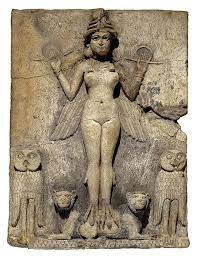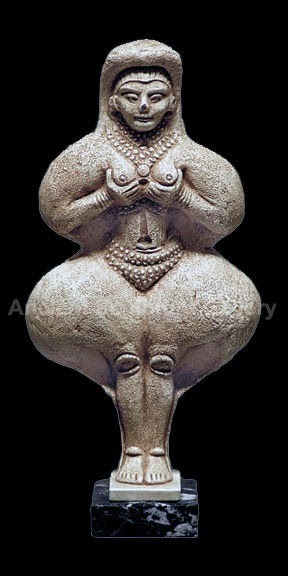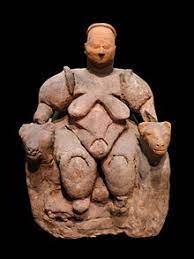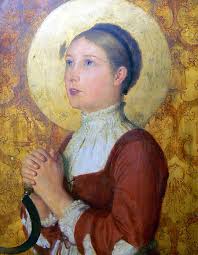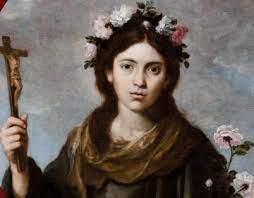
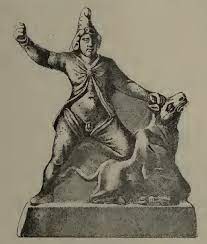
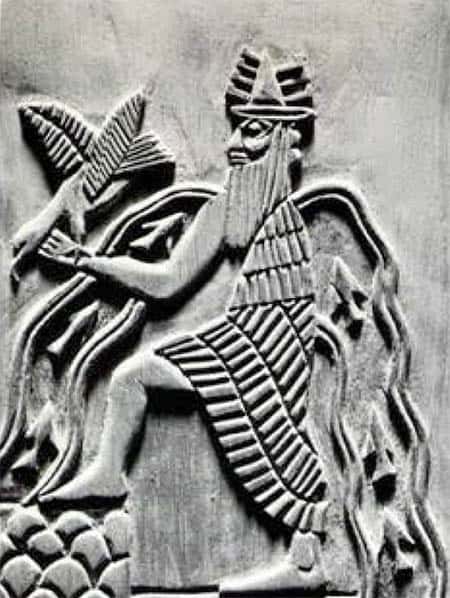
In part 2 – Jack “The Agnostic” Garcia travels back to the two greatest and largest lasting civilizations of the ancient world, Egypt the land of the Nile and Mesopotamia , the fertile crescent and examines the religions of these two amazing cultures of the past and finds remarkable metaphysical ideas and content. First up its the spiritual significance of the Scarab Beetle in ancient Egyptian religion and culture and the sacred insects linked to the supreme sun God RE/RA. The first deity to have involvement with the concept of ethical and moral values. Then its the dying and rising God – Osiris – who saves those who have been assimilated to him and the link to other grain/vegetation deities of the near east (Attis, Adonis & Dummuzi) . Gods of a different kind that would have a peculiar but highly influential place in the history of world religions. Then Jack journeys back to Mesopotamia and the temple/city states complex Ziggurat system and looks at the many different types of priests, priestess , rites , rituals and ceremonies that filled their sacred halls for many centuries. Next up, Jack plays voyeur and takes an eye popping look at the concept of the Hieros Gamos/ The sacred Marriage. A once a year sex magic ritual in which the king and the high priestess (The Entu) would perform a mystical divine copulation , that would ensure the fertility and abundance of the land for the coming year. And last but not least , its some of the great Gods and Goddesses from the cosmic Mesopotamian pantheon . Deities that represented cosmic law and order – and protected the people from evil and demonic supernatural forces.

